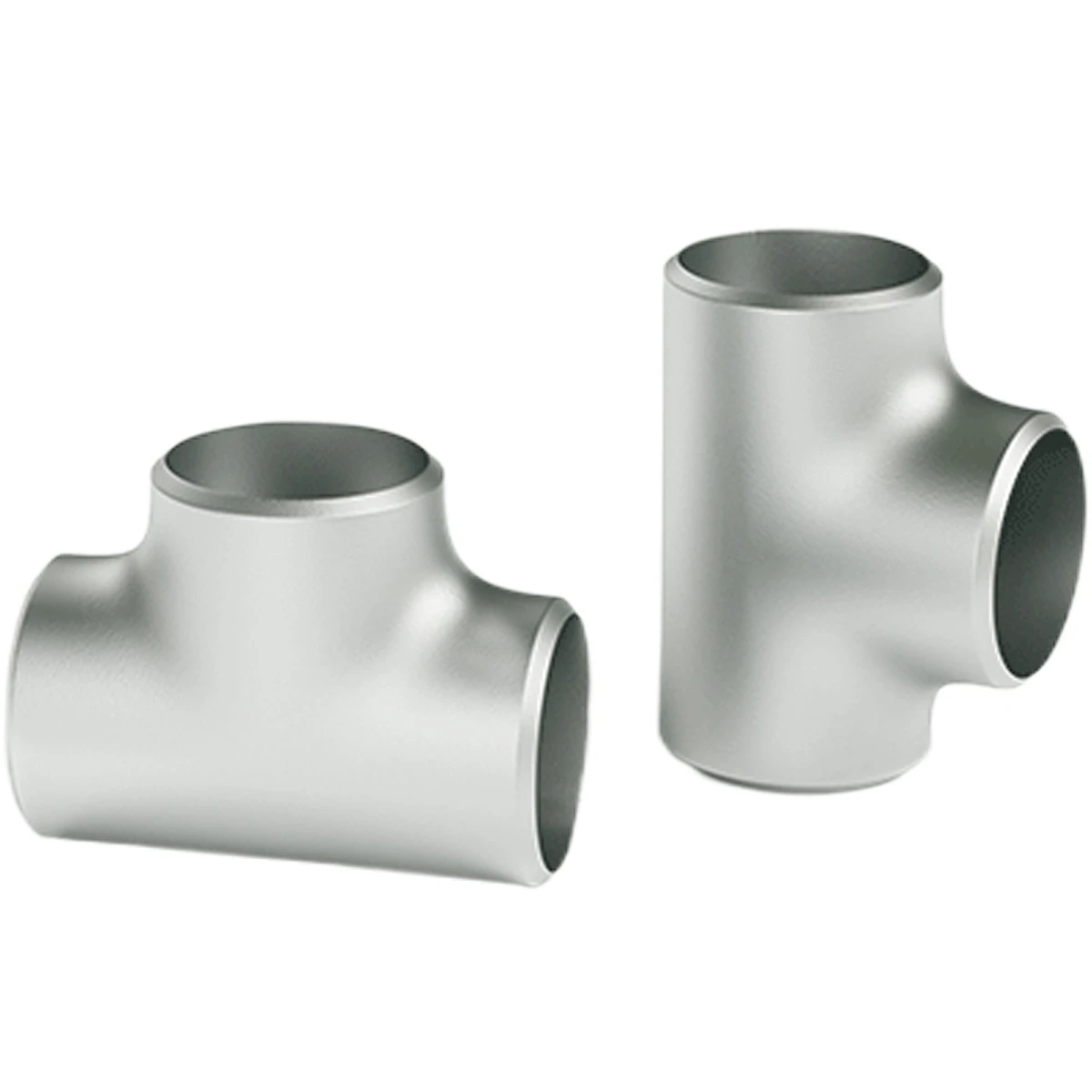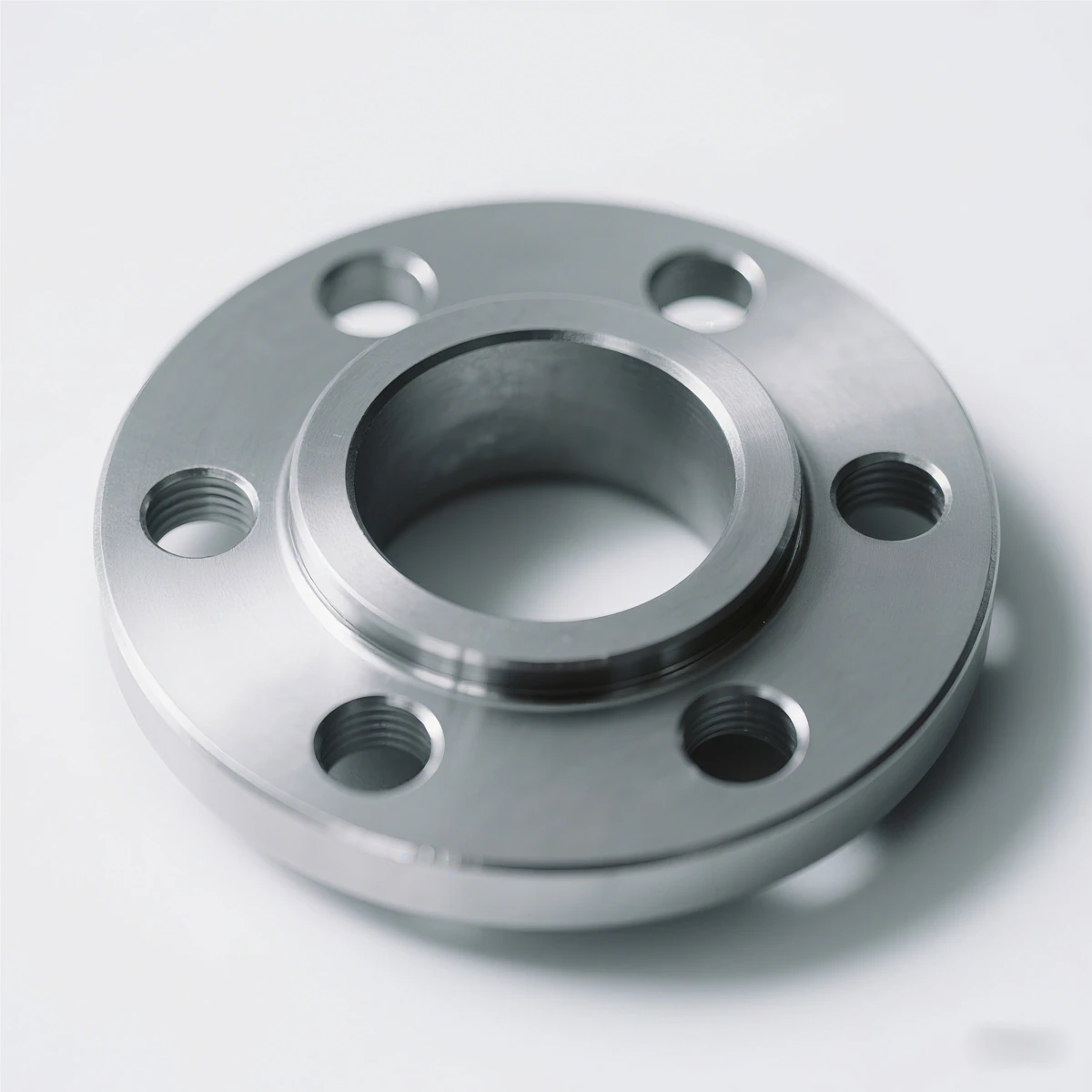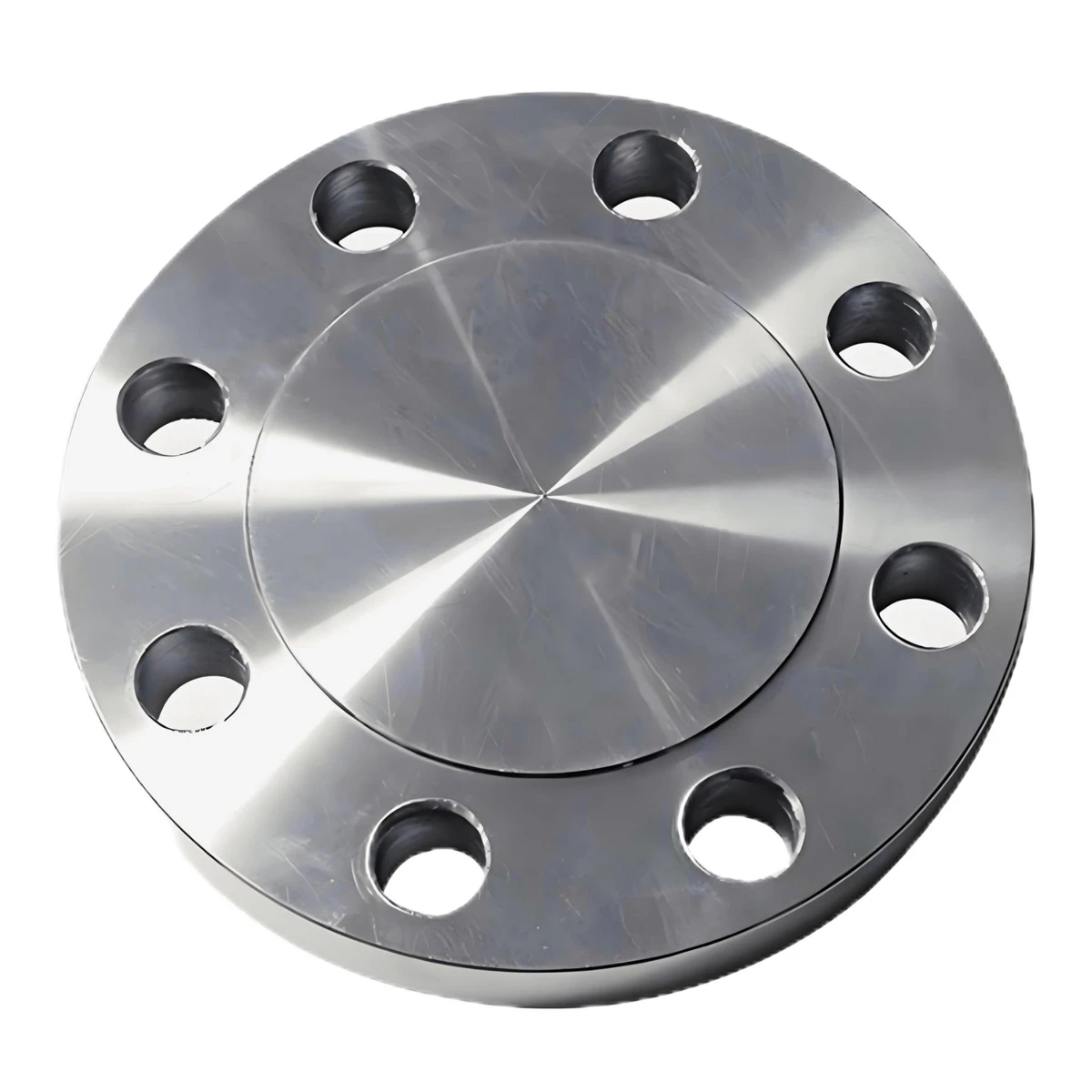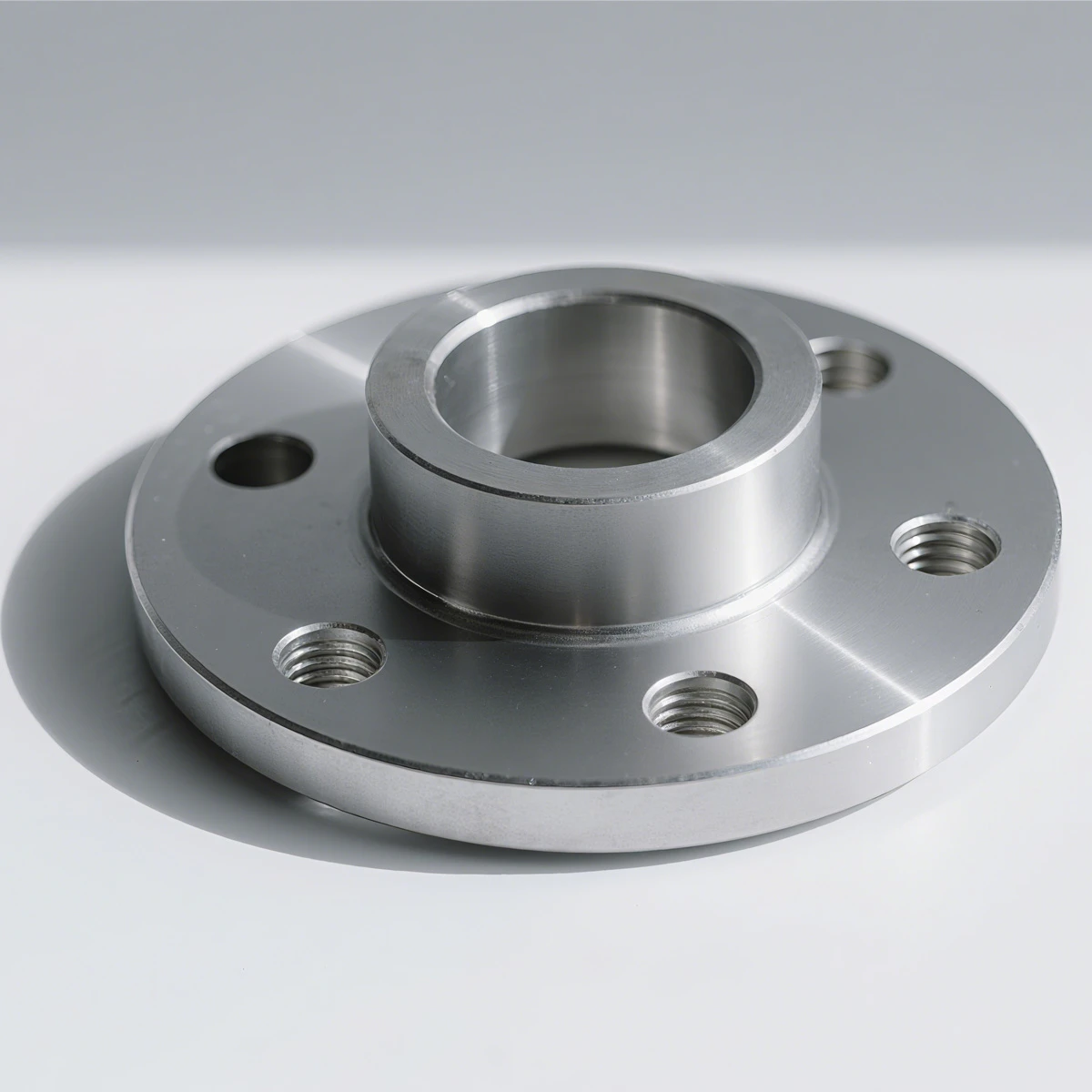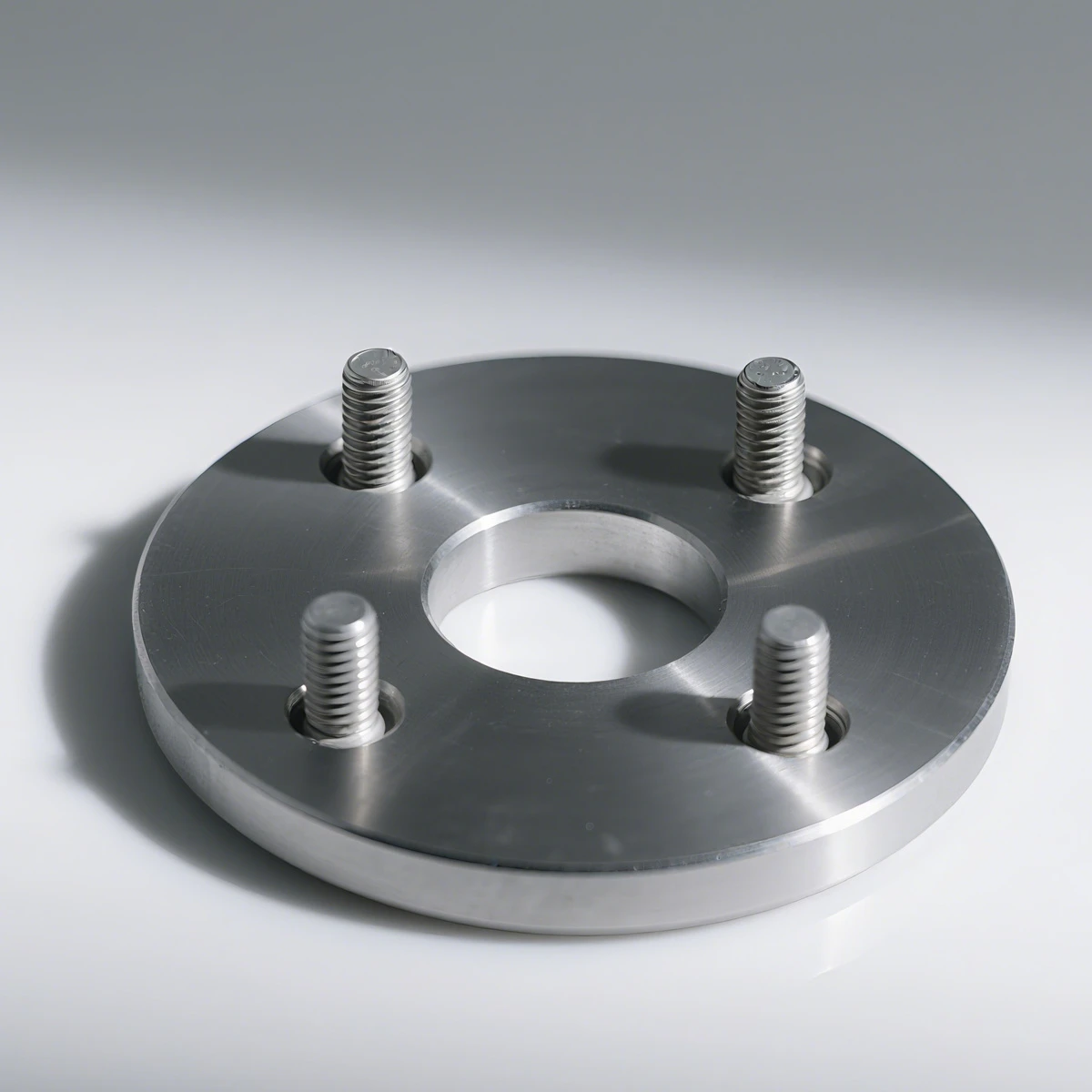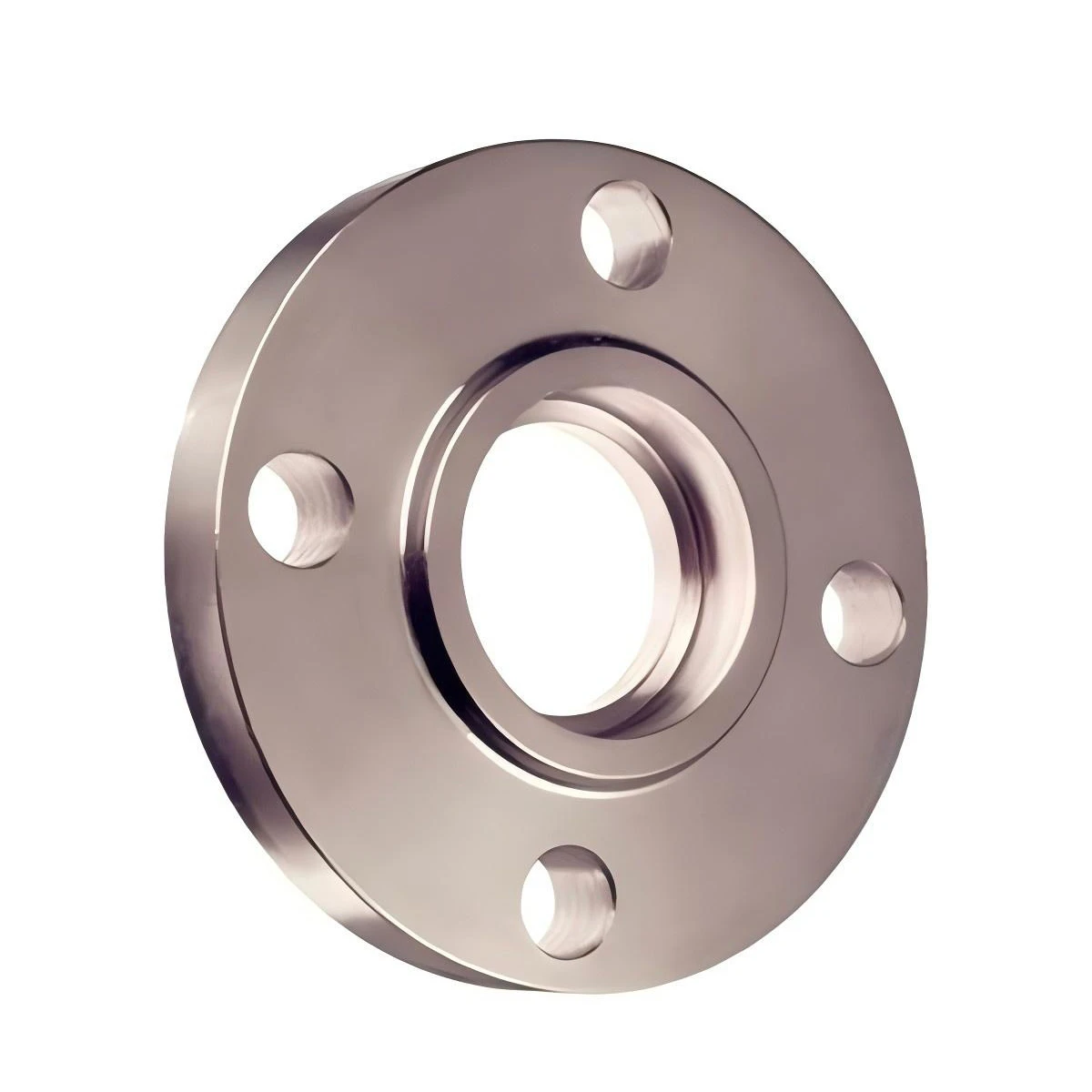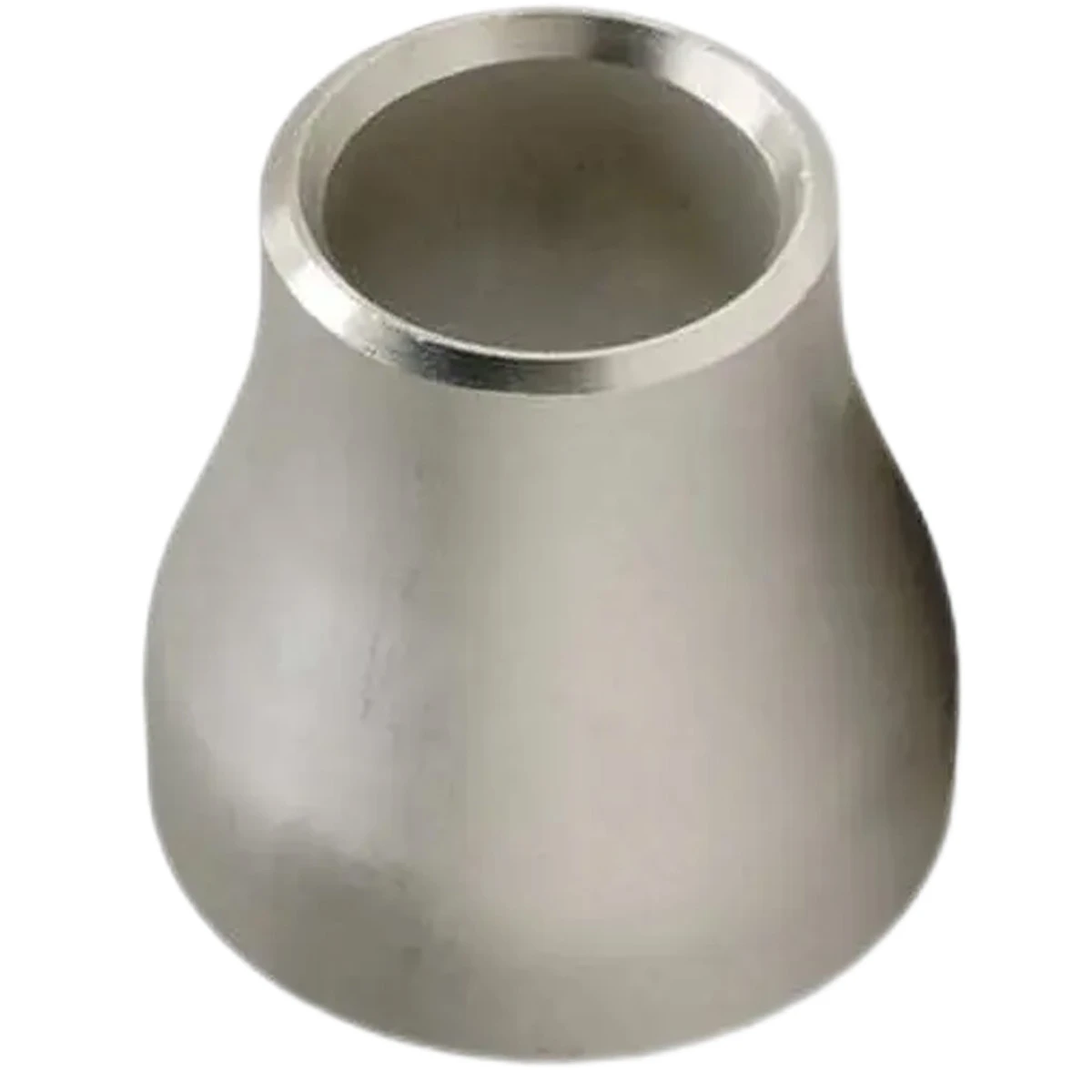
- Albanian
- Arabic
- Armenian
- Azerbaijani
- Belarusian
- Bengali
- Bulgarian
- Croatian
- Czech
- Danish
- Dutch
- English
- Esperanto
- Finnish
- French
- German
- Greek
- Hebrew
- Hungarian
- Indonesian
- irish
- Italian
- Japanese
- Khmer
- Korean
- Kyrgyz
- Lao
- Latin
- Lithuanian
- Malay
- Myanmar
- Norwegian
- Persian
- Polish
- Portuguese
- Romanian
- Russian
- Serbian
- Slovak
- Slovenian
- Spanish
- Swedish
- Tagalog
- Thai
- Turkish
- Turkmen
- Uzbek
- Vietnamese
- Zulu
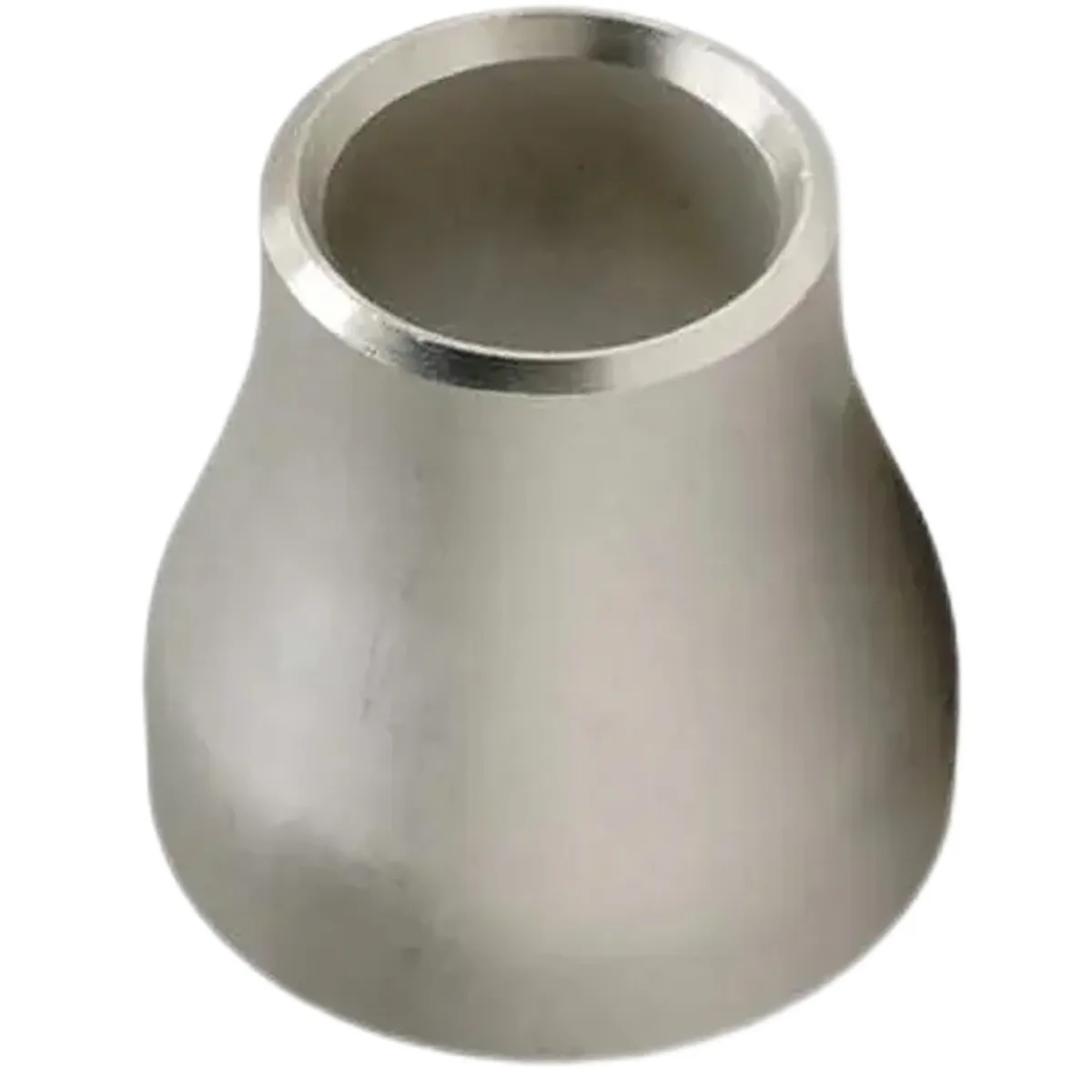
- Official Website: https://www.hbjypipeline.com
- Telephone: +86 18131702111
- Email: sales@jypipeline.com
- Mobile: +86 18131702111
- Address: INDUSTRIAL DISTRICT OF NORTH CIRCLE, MENGCUN, CANGZHOU CITY, HEBEI PRVINCE, CHINA
The smooth transportation of fluids and gases across industries forms the backbone of modern infrastructure. At the heart of such systems lie the critical components: pipe fittings. Among these, pipe reducer types play a pivotal role in ensuring efficient flow management. Reducers enable seamless transitions between different pipe diameters, effectively controlling flow rate, pressure, and system compatibility.
As a leading manufacturer in the field, HEBEI JIUYUAN PIPELINE MANUFACTURING CO., LTD. (company website) specializes in designing and supplying high-quality pipe reducer types to industrial clients worldwide.
These fittings are essential where changes in pipe size are necessary to regulate flow rates, manage pressure drops, or accommodate particular system requirements.
Reducer types are broadly categorized into:
- Concentric Reducers: The centerlines of the pipes being joined are aligned, suitable for vertical piping where air accumulation is a concern.
- Eccentric Reducers: The centerlines are offset, ideal for horizontal runs; they prevent air pockets, especially in pump suction lines.
The global pipe reducer types market has witnessed steady growth as industries such as oil & gas, water treatment, power generation, and chemical processing expand their infrastructure. Technology advancements focus on corrosion resistance, weight reduction, and precise manufacturing tolerances. According to Ductile Steel Pipes Forum, stainless and alloy steel reducers are gaining popularity due to their durability and performance in harsh environments.
Moreover, the adoption of international standards (ASME, DIN, EN) has standardized designs and improved compatibility across global systems.
- Increasing demand for efficient, leak-free connections in high-pressure environments.
- Rising emphasis on customized reducers for unique flow management needs.
- Integration of AI and IoT for smart pipeline monitoring and predictive maintenance.
| Reducer Type | Available Sizes (Diameter) | Standard (ASME/DIN/EN) | Material Grades | Pressure Ratings | Application |
|---|---|---|---|---|---|
| Concentric Reducer | 1/2" – 48" (DN15–DN1200) | ASME B16.9, DIN 2616, EN 10253 | Carbon steel, Stainless steel, Alloy steel | Up to 2500# | Vertical lines, pump systems |
| Eccentric Reducer | 1/2" – 48" (DN15–DN1200) | ASME B16.9, DIN 2616, EN 10253 | Carbon steel, Stainless steel, Alloy steel | Up to 2500# | Horizontal lines, pump suction |
| Customized Reducer | Upon Request | Project-based | Duplex steel, Nickel alloys, Titanium | Project-based | Specialty chemical, high-corrosion use |

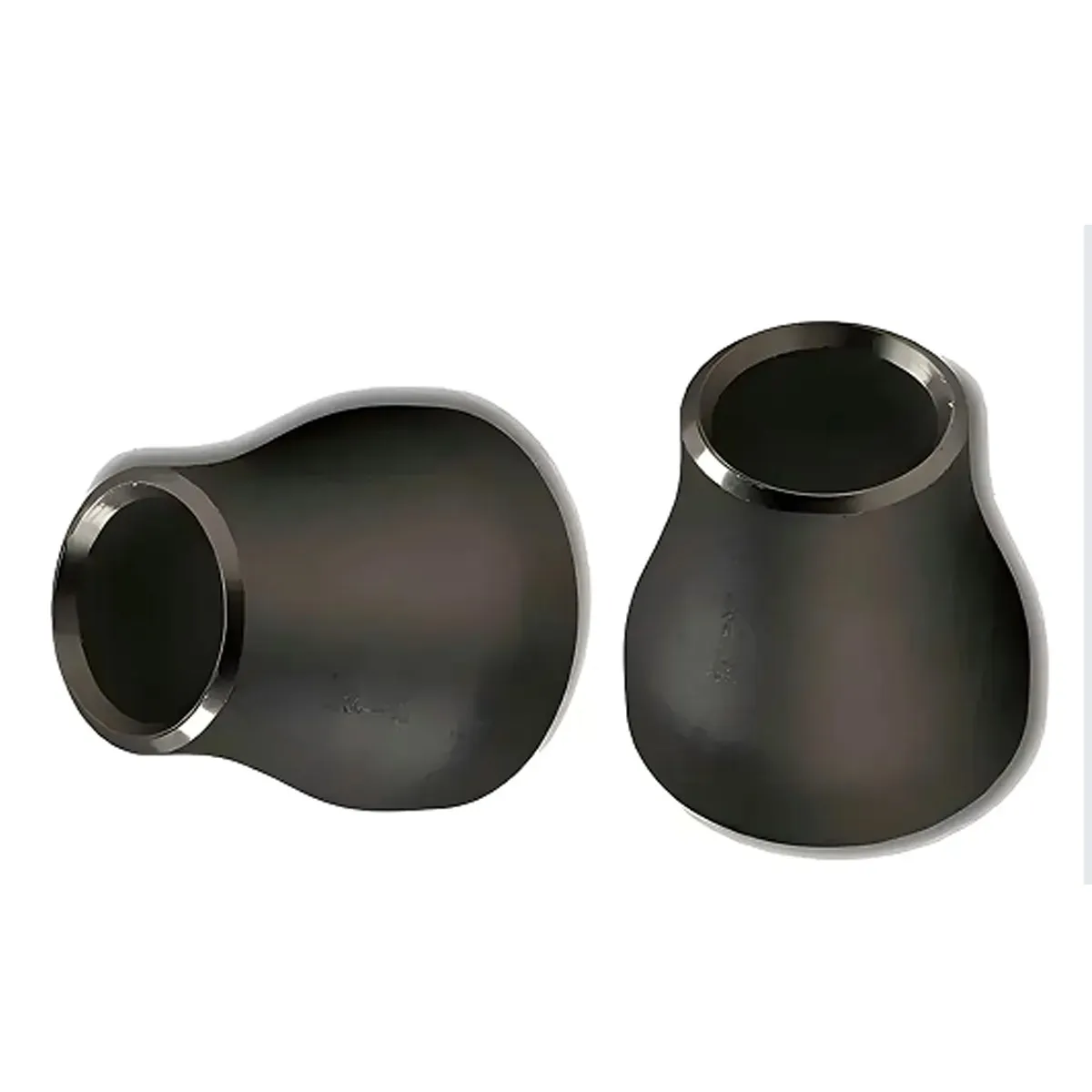
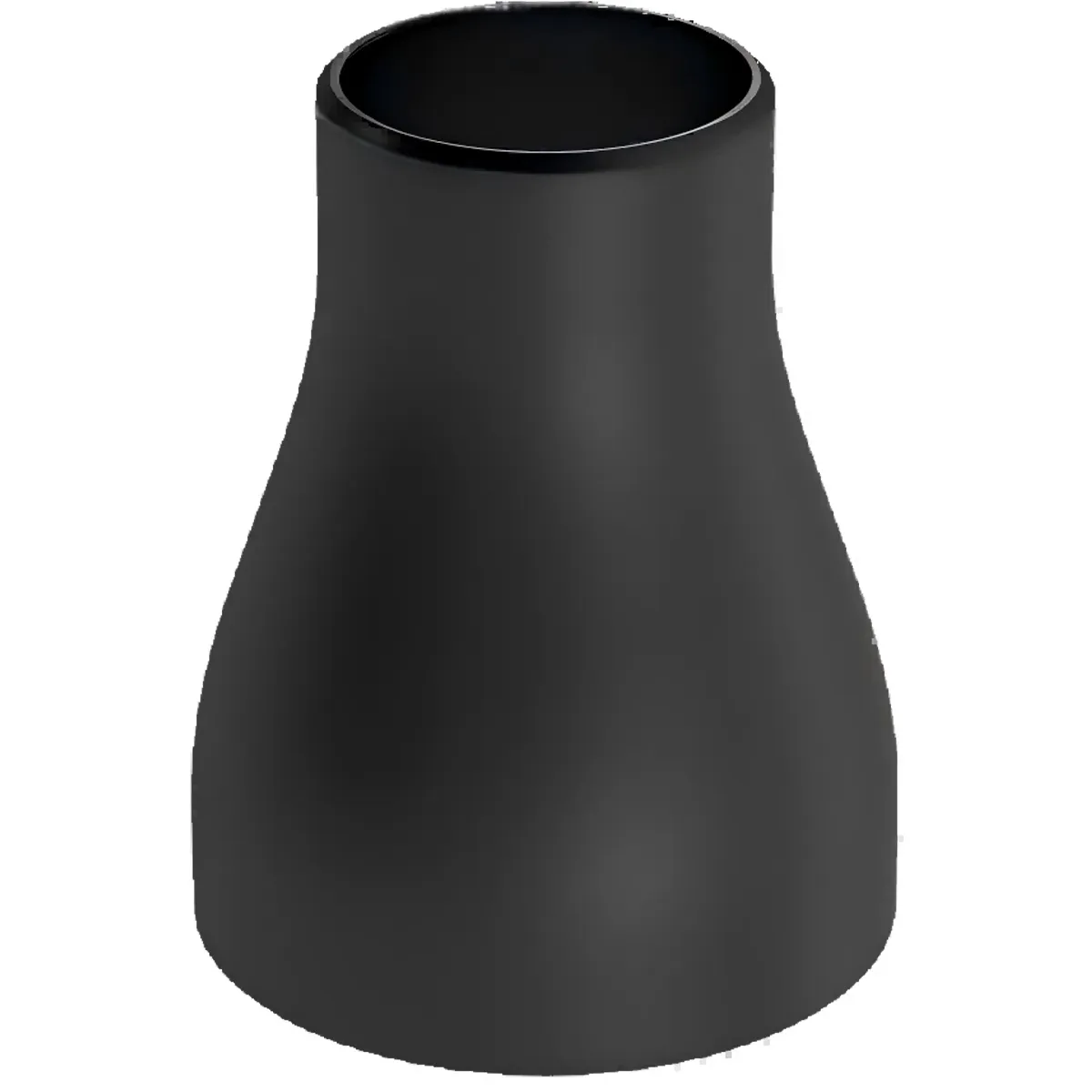
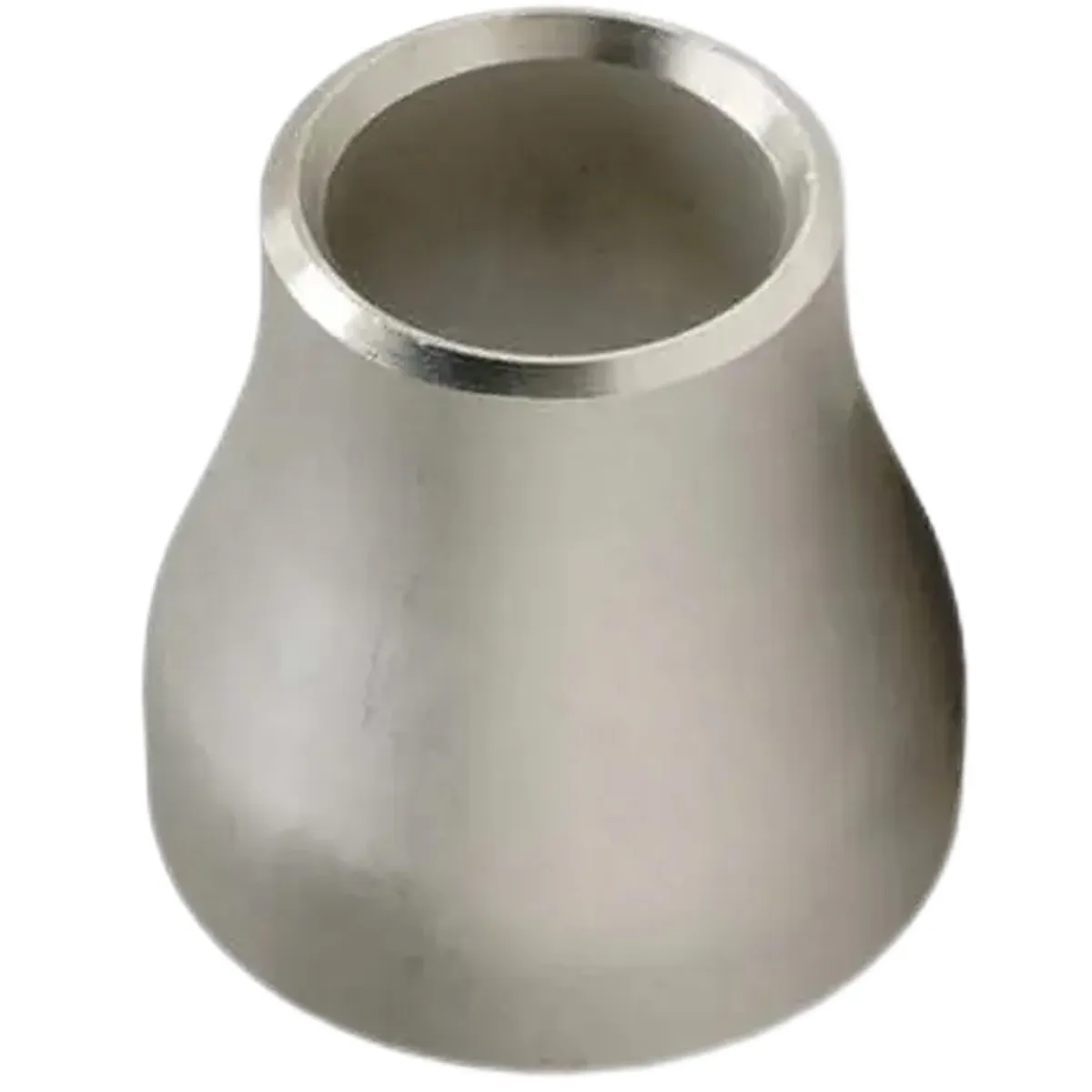
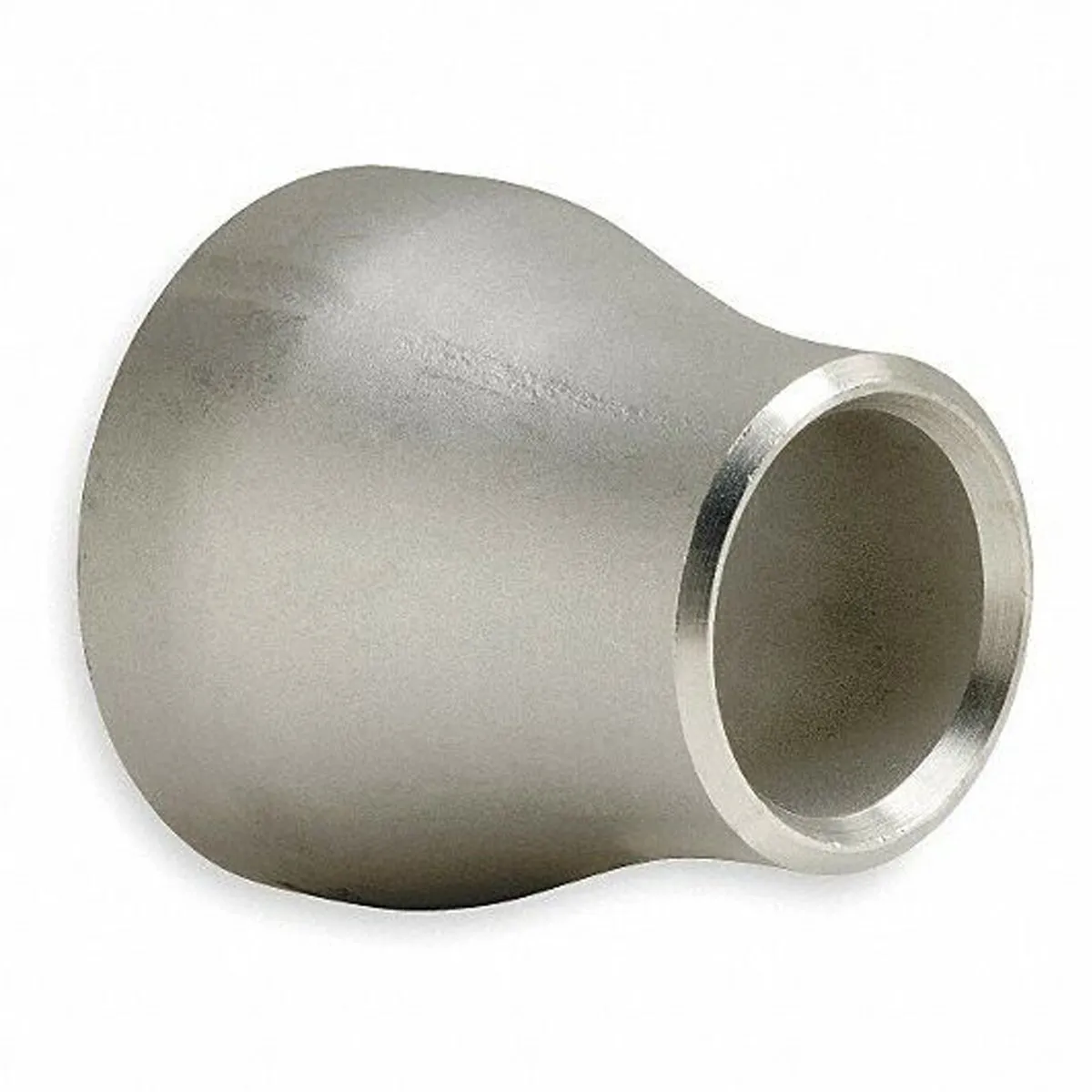

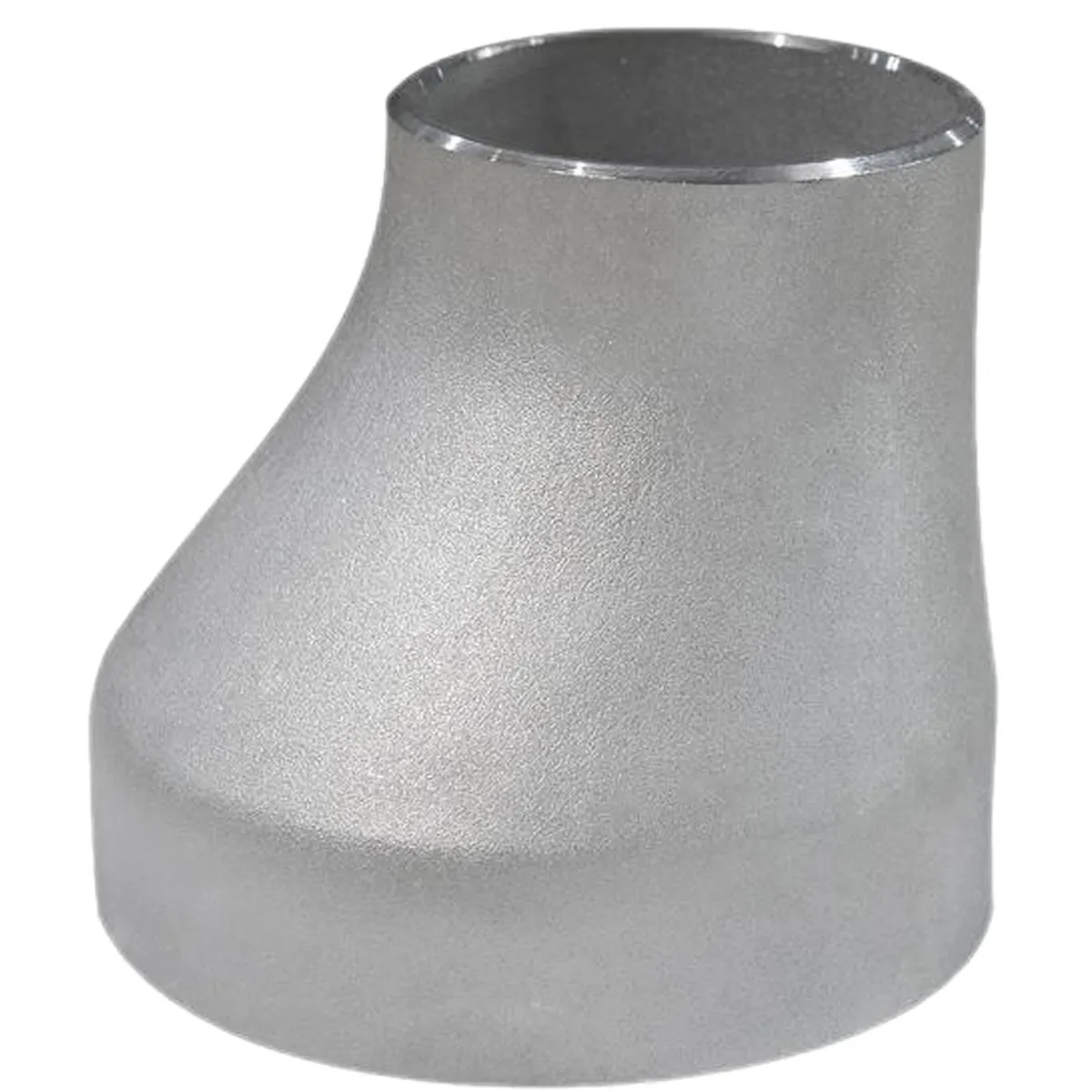
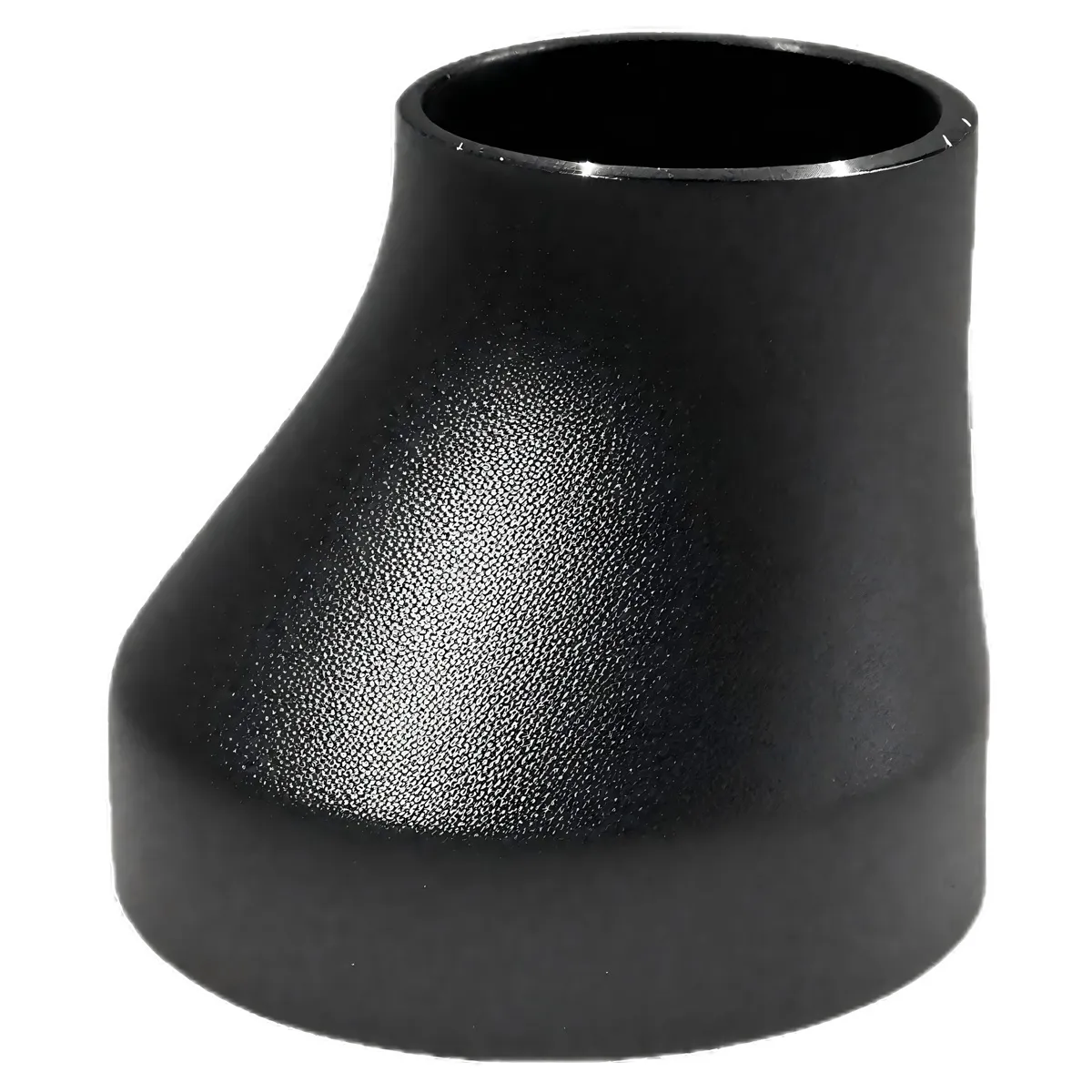
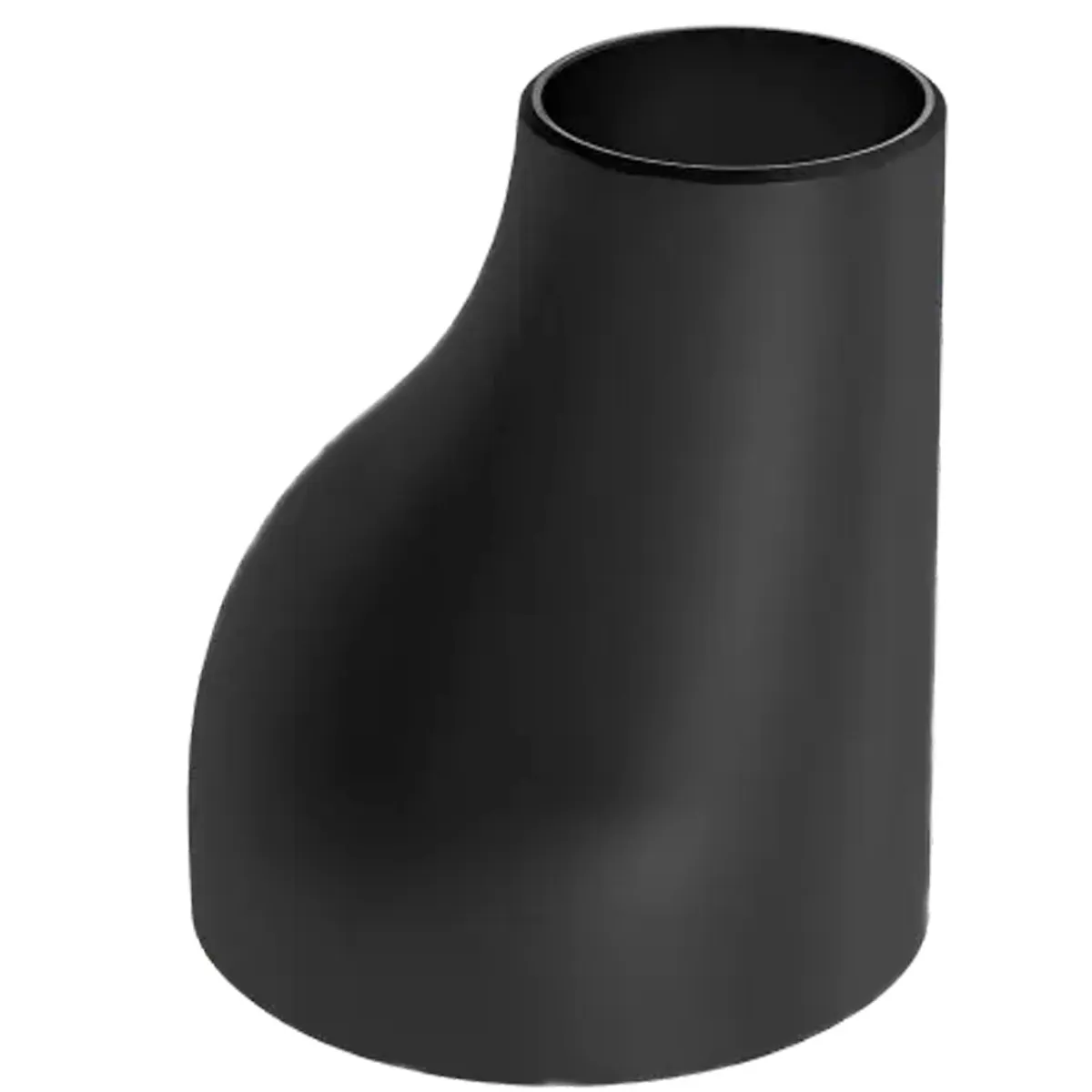
- Oil & Gas Pipelines: For adapting pipe sizes in upstream, midstream, and downstream processing plants and refineries, ensuring pressure balance and compatibility with valves and instruments.
- Chemical Processing: Handling aggressive or corrosive fluids requiring specialty material reducers for safety and longevity.
- Water Treatment Plants: Seamlessly connecting and adjusting the size of transport pipes to optimize flow regulation and pressure control systems.
- Power Generation: Supporting high-pressure and steam lines where abrupt changes in flow could damage sensitive equipment.
- HVAC Systems: Balancing air or fluid dynamics within industrial heating or cooling systems.
- Marine and Shipbuilding: Facilitating space-efficient pipeline routes on board ships and offshore platforms.
HEBEI JIUYUAN PIPELINE MANUFACTURING CO., LTD. is committed to manufacturing industry-grade pipe reducer types with guaranteed material quality and dimensional accuracy. Our certifications include ISO, ASME, and PED compliance, ensuring products meet the highest global standards. With an advanced factory, experienced engineering team, and prompt after-sales service, we are a trusted global supplier for engineering projects of any magnitude.
- Strict material traceability & advanced NDT testing (UT, RT, PT, MT, PMI)
- Customized manufacturing and precise tolerance control
- Fast lead times, substantial inventory, and full documentation support
- 24/7 assistance: +86 18131702111 | sales@jypipeline.com
- 1. What are the main pipe reducer types used in industries?
- Concentric reducers and eccentric reducers are the primary types, catering to vertical and horizontal pipeline configurations, respectively.
- 2. Which materials are commonly used for manufacturing reducer types?
- The most common materials include carbon steel (A234 WPB), stainless steel (304, 316), and alloy steels. For corrosive or high-temperature applications, duplex, nickel alloys, or titanium are preferred (source).
- 3. What are standard specifications for pipe reducer fittings?
- Reducers conform to standards like ASME B16.9, DIN 2616, EN 10253 and are produced with diameter sizes from 1/2" to 48" and wall thicknesses as per SCH10 to SCH160/XXS.
- 4. How do you select the correct reducer types for a piping system?
- Selection depends on required flow direction, space constraints, pipe orientation (horizontal/vertical), pressure rating, material compatibility, and standard compliance.
- 5. What are the typical installation standards for reducers?
- Reducers must be installed per ASME/ANSI or project-specific standards. Concentric reducers are recommended for vertical lines. For horizontal lines, eccentric reducers are used with flat side either up or down, depending on liquid or gas flow (see engineering encyclopedia).
- 6. Can reducers handle high pressure or temperature applications?
- Yes, with appropriate material selection (such as alloy steel or duplex), reducers can withstand pressures up to 2500# and elevated temperatures. Testing and certification ensure compliance.
- 7. What surface finishes or coatings are available for pipe reducer types?
- Common surface finishes include black, galvanized, anti-corrosive epoxy, and custom coatings. Surface treatment enhances durability in harsh chemical, marine, or underground environments.
- For inquiries about pipe reducer types, custom manufacturing, or technical support:
- Tel: +86 18131702111
- Email: sales@jypipeline.com
- Website: https://www.hbjypipeline.com/reducers.html
- Address: INDUSTRIAL DISTRICT OF NORTH CIRCLE, MENGCUN, CANGZHOU CITY, HEBEI PRVINCE, CHINA
[1] Ductile Steel Pipes Forum, "Pipe Reducer Market & Technical Trends", https://www.ductilesteelpipes.org/forum/showthread.php?tid=1210
[2] Material Welding, "Types of Pipe Reducers & Applications", https://www.materialwelding.com/types-of-pipe-reducers-dimensions-uses/
[3] Engineering Encyclopedia, "Centrifugal Pump Suction Piping Layout", https://www.enggcyclopedia.com/pumps-horizontal-vertical-centrifugal/
[4] ResearchGate, "Stress Analysis and Pipe Fittings Design", https://www.researchgate.net/publication/345678902_Stress_Analysis_in_Pipe_Fittings
-
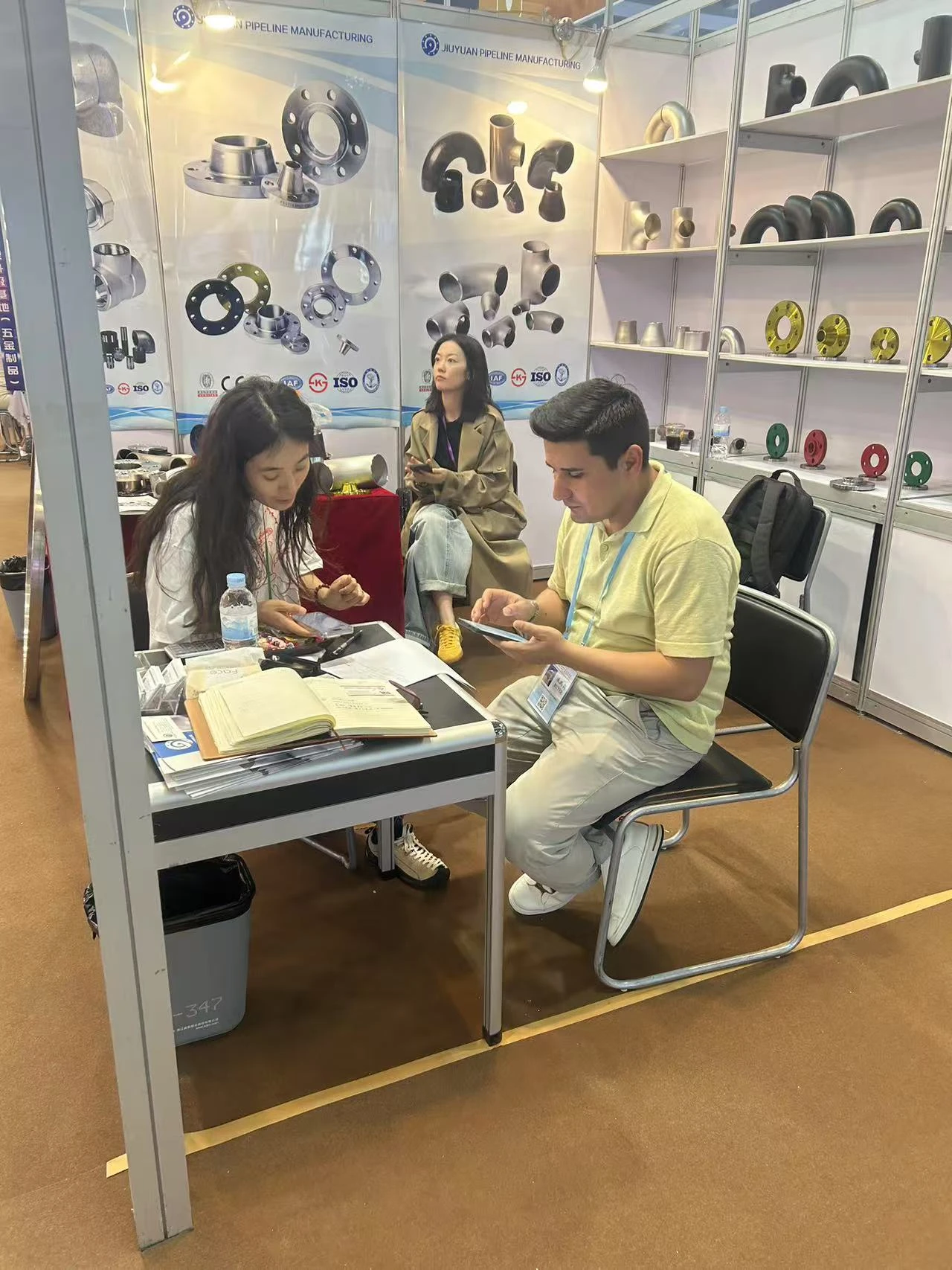 Apr. 28, 2025
Apr. 28, 2025From April 15 to April 19, 2025, our company proudly participated in the renowned Canton Fair held in Guangzhou, China.
-
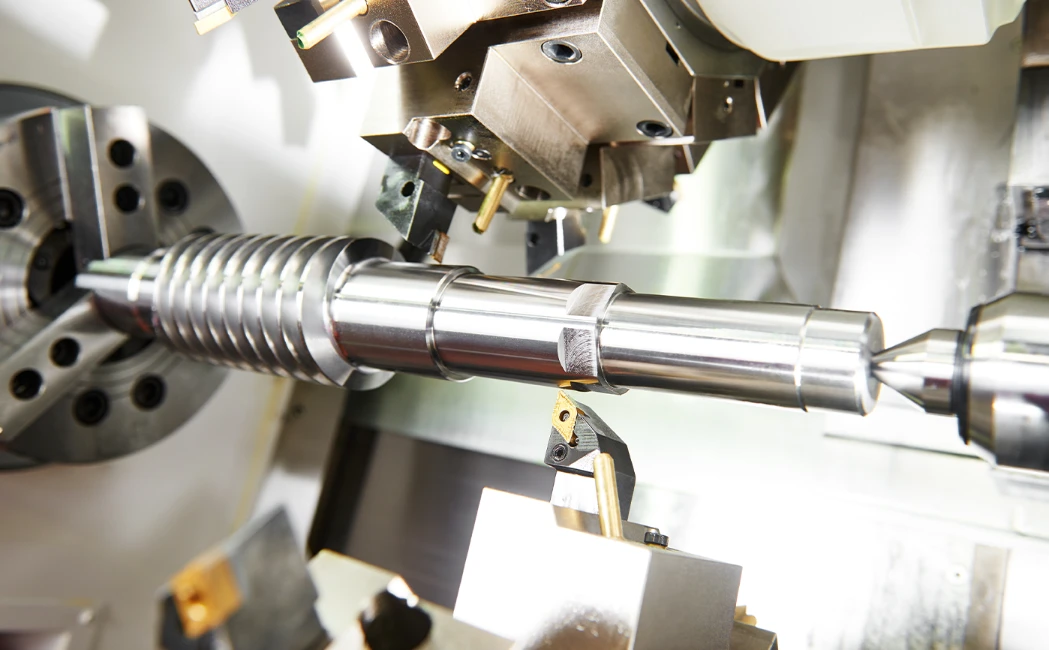 Apr. 24, 2025
Apr. 24, 2025Jiuyuan Pipeline is excited to announce its participation in the upcoming 2025 Wire / Tube with Metal & Steel KSA exhibition, scheduled from May 5th to May 7th, 2025.
If you are interested in our products, you can choose to leave your information here, and we will be in touch with you shortly.
